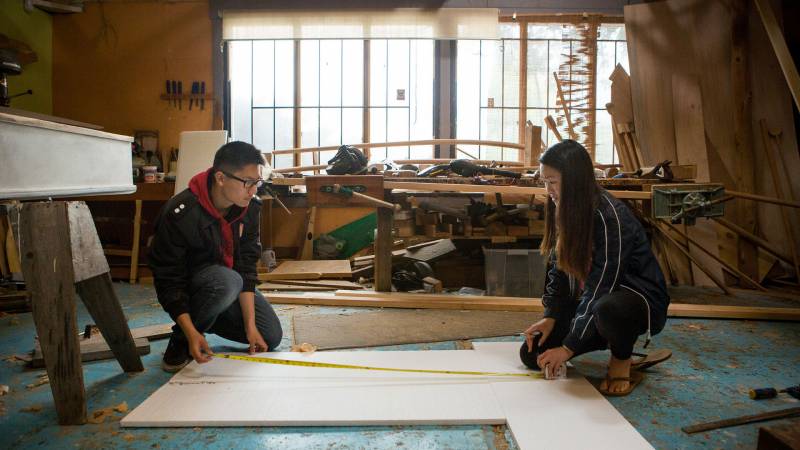On math worksheets, numbers are usually neat and tidy. In the real world, not so much. Whether it’s polling data, analysis of investment options or calculations for timed traffic lights, real-world math can be messy. “If you give those kinds of numbers in homework you’re a mean teacher,” said teacher Victor Hernández. Fortunately, he doesn’t have to worry about that complaint much. Hernández works at Science Leadership Academy, a public magnet school in Philadelphia, where students gather and apply real data to hands-on projects throughout the curriculum. In January, Hernández and two colleagues shared some of the benefits of project-based learning with math teachers attending EduCon 2020, SLA’s annual school innovation conference.
In addition to incorporating real data, applied projects can bring meaning to the purpose of math. SLA teacher Jonathan Estey said that authenticity is often lacking for students. If you ask a struggling math student how many quarters make 75 cents, he noted, “they’ll know it, because they have to use money.” Similarly, by building a catapult or telling a story with equations, students can see how their calculation and formulas translate to contexts beyond a whiteboard. That authenticity yields stronger engagement, especially when projects allow teenagers to connect to their interests. “Even when students complain about the amount of work, it’s a lot more motivating for them to believe they have something to say at the end of a math project,” said Estey.
Along with authentic applications and higher engagement comes deeper understanding of math concepts. Take interquartile range, for example. In a typical textbook problem, the data set is small enough to simply count to find quartiles. In a polling project this year, Estey’s classes collected data from more than 100 SLA students. Thus, when determining interquartile range, students needed to use computation to identify quartiles. That required a more clear understanding of the concept, and it also resulted in greater accuracy, Estey said.
Another benefit, according to Hernández, is that students gain knowledge that would not be part of a traditional unit. He discussed a project in which students, working in pairs, created personal financial plans for one another’s post-secondary plans. Their predictions required an understanding of exponential functions, but they also learned, for example, the difference between subsidized and unsubsidized loans. As Hernández and Estey shared these and other examples from their classrooms, they offered tips on project-based learning for other math educators.
Tips for Project-Based Learning in Math
1. Know your students. A few years ago, Estey developed a project that required students to compare costs and carbon footprints of conventional and alternative energy sources. He said the project would have worked great when he taught in Hood River, Oregon, but he realized it was a bad fit in Philadelphia after spending more time teaching what a wood stove is than teaching math. By contrast, a project that examines inequality through ratios and proportions works well at SLA because students are passionate about social justice. “They get to tailor it to whichever cause they care about, and because they’re invested in having this message, they’re invested in getting the math right,” said Estey.


